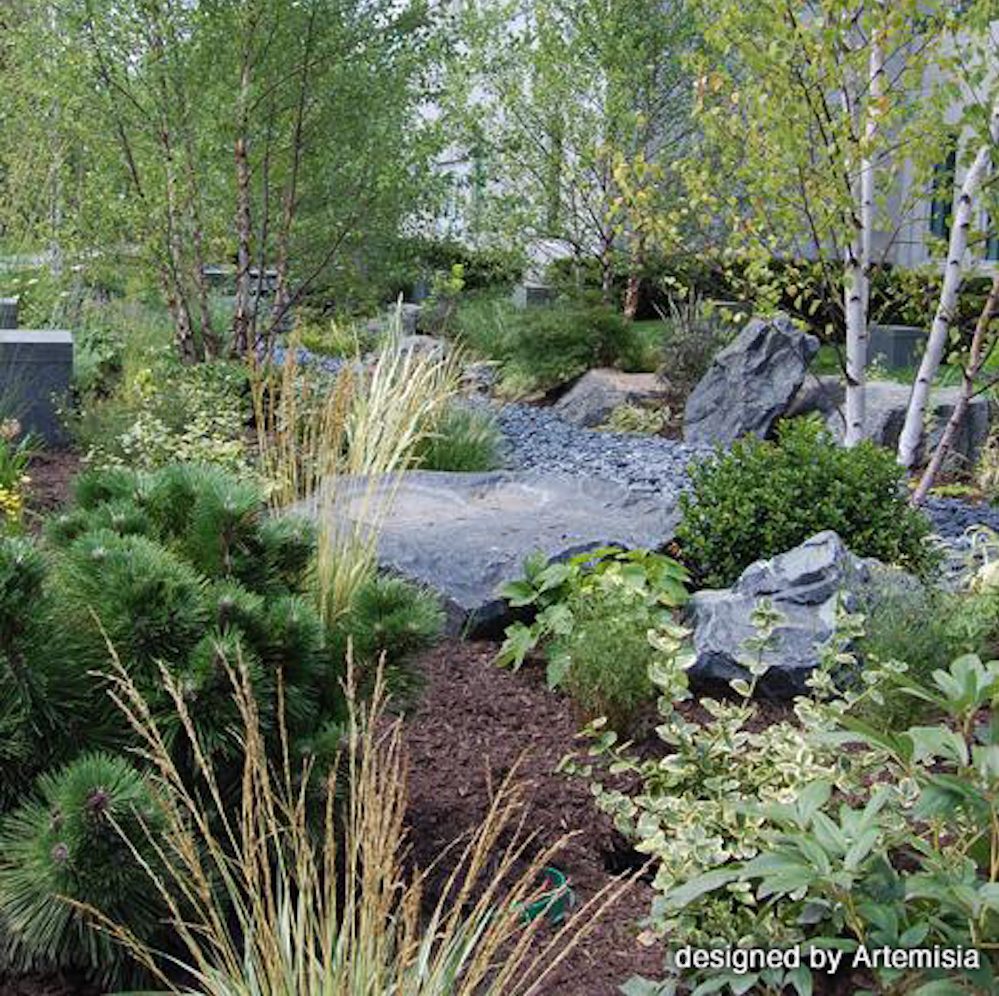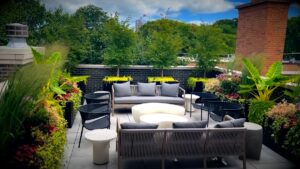Here’s a scenario: The house next door to you has been torn down, leaving you with an eye-sore of a vacant lot to stare at all summer long. Or perhaps you cleared away an old garage, but can’t decide right now how to use the space. You do know, however, that you don’t want a big patch of dirt to take away from your landscaping. The solution to these problems – and the solution to a number of other similar scenarios – is to create a temporary garden. Many people don’t consider a temporary garden, but it’s a perfect plan. You don’t have to commit to a permanent garden design, but you reap the benefits of an aesthetically pleasing outdoor space. Just because the garden is temporary doesn’t mean you can’t create a design that showcases your personality and accentuates the landscape of your home.

Clearing Debris
When starting a temporary garden, begin with the soil, as you would with permanent gardens. If a building has recently been removed from the lot, you may find a lot of debris in the soil, such as nails or glass. This may also be the case if fill dirt was brought in to fill large holes. Rake and remove as many of these as you can, for your own safety. You may need to spread a plant fertilizer over the area to boost the nutrients in the soil.
Temporary Garden Design
The next thing to consider is the design of the garden. A simple design is probably best, since this is a temporary garden, but you can also view this as an opportunity to try something totally different and outside-the-box. The nice thing about it is if you don’t like the design, you are not locked into it. You may want to avoid structural elements, like trellises, arbors, garden fences, and edgers, especially if the space will be used for something else in the coming months.
Flowers, Greenery and Ground Covering
You will want to plant annuals in your temporary garden. This way you don’t have to dig up and replant perennials when summer is over. A visit to your local garden center will provide you with an endless array of quick-blooming annuals. As with a permanent garden, you will need to select the flowers that grow well in your zone and growing conditions. For shady gardens, you may want to choose begonias, impatiens, or euphorbia. For sunny areas, consider cosmos, helenium, zinnias, or petunias.

Maintenance
A word of caution about temporary gardens…weeds! Weeds love to move into newly-disturbed soil. Since it is a temporary garden, you probably aren’t going through the trouble and cost of putting down a weed barrier. This will add to your weed issue. You can combat the weeds by spraying a weed killer, like Round-Up, around the area prior to planting to try to eradicate weed seeds that may be germinating on the soil. You can also put down mulch around your annuals to prevent weed seeds from reaching to soil. The mulch has the added benefit of keeping in moisture for your plants. Mulch is not very costly and is biodegradable so is ideal for a temporary garden.
A newly-open plot of land doesn’t need to sit idle and unsightly. A temporary garden will improve the space and offer an opportunity to experiment with different garden designs and, perhaps, different types of annuals. Contact Botanical Concept if you need help transforming your yard into a longterm or temporary garden masterpiece.



